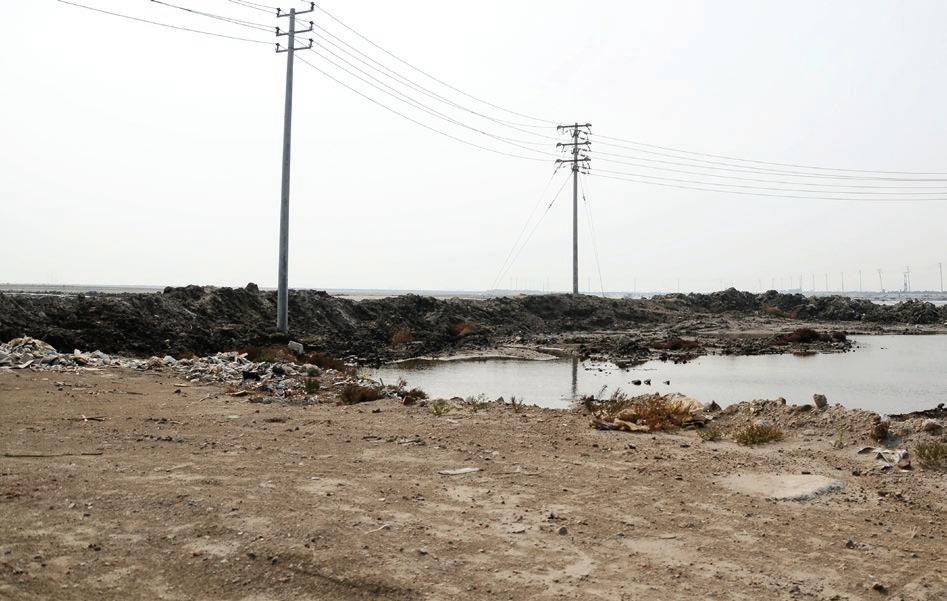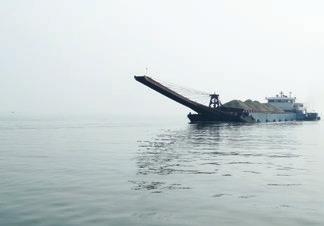
2 minute read
Lusail
2

Advertisement



2. Land reclaimed from coastal fish farms and salt pans now covered with swathes of red shrubs. 3. Alternate dry and waterlogged patches of ground along the road. 4. Water being pumped out to form new land along the coast. 5. Temporary steel piles along the outer edge of the newly reclaimed land. 6. Sand carrier barge approaching the land reclamation site. hai Bay on the horizon. Rows of temporary steel piles littered the outer edge of this new land, crude weaponry ready for use in the next onslaught against the sea. Endless processions of barges chugged by as if bringing reinforcements to the battlefront between land and sea, every cargo of sand a death knell for the ocean. In his Thirteen Poems on Reading the Classic of Mountains and Seas (du shanhaijing shishan shou 讀山海經十三首), Tao Yuanming wrote: “Jingwei carries twigs in her mouth, to fill up the vast sea.”1 Today, instead of the twigs that Jingwei carried in her mouth, sand and stone are the materials used to fill the sea and expand China’s 18,000 km coastline, where reclamation on a massive scale is proceeding at an unprecedented rate. Intensifying urban development and attracting foreign investment have become the key benchmarks for economic and political advancement, and many cities are extending into the sea to make space for housing, industry, and agriculture. 23 of the world’s 45 largest areas of reclaimed land are in China, with Tianjin New Port and the Caofeidian Industrial Complex in Bohai Bay, Nanhui New City in the Yangtze River Delta, and Qianhai Port in the Pearl River Delta leading the way.2 In 2015, at least 11 coastal provinces and 39 coastal municipalities were conducting decade-long land reclamation projects approved and supported by the central government.3 Promoted with high hopes of stimulating economic growth, we have instead witnessed the sacrifice of dynamic and productive ecosystems on a monstrous scale for the sake of vast areas of engineered, now idle land awaiting the chimera of speculative development. We should bear in mind two important points as we seek to understand the current speed and scale of land reclamation in China. First, this land reclamation should not be considered to be a pragmatic solution to land shortage. Unlike the Netherlands, Japan, or Singapore, there is no fundamental “lack of land” issue in China. Second, land reclamation and associated development has only comparatively recently been driven by profit. In fact, China has a long history of shaping and reshaping its littoral territories, given that it has one of the longest coastlines in the world and the wide, flat and rich estuaries of the Yellow, Yangtze, and Pearl Rivers have been centers of human population and activity for millennia. In light of these points, this article aims to explain the rationale behind the sudden and extremely rapid escalation of land reclamation along China’s coastline since the beginning of the new millennium. Focusing







